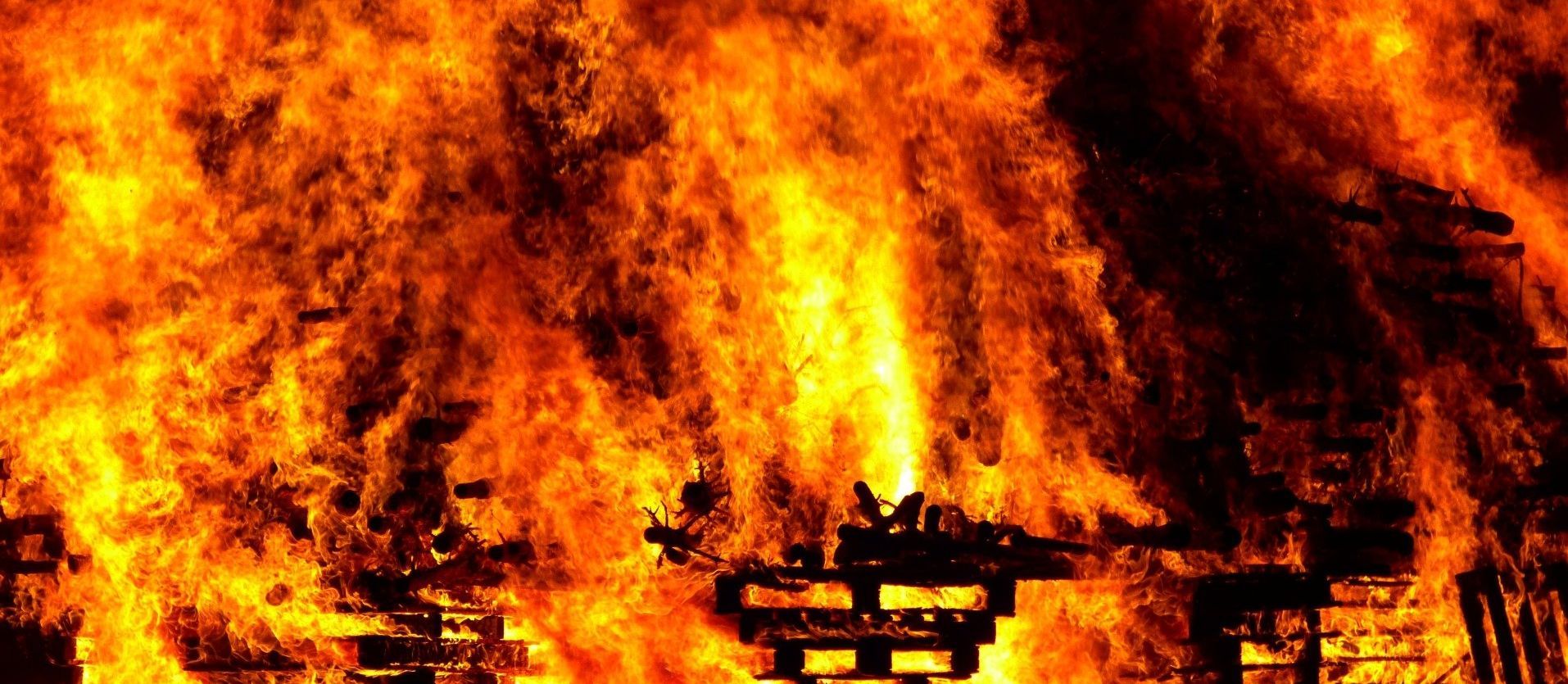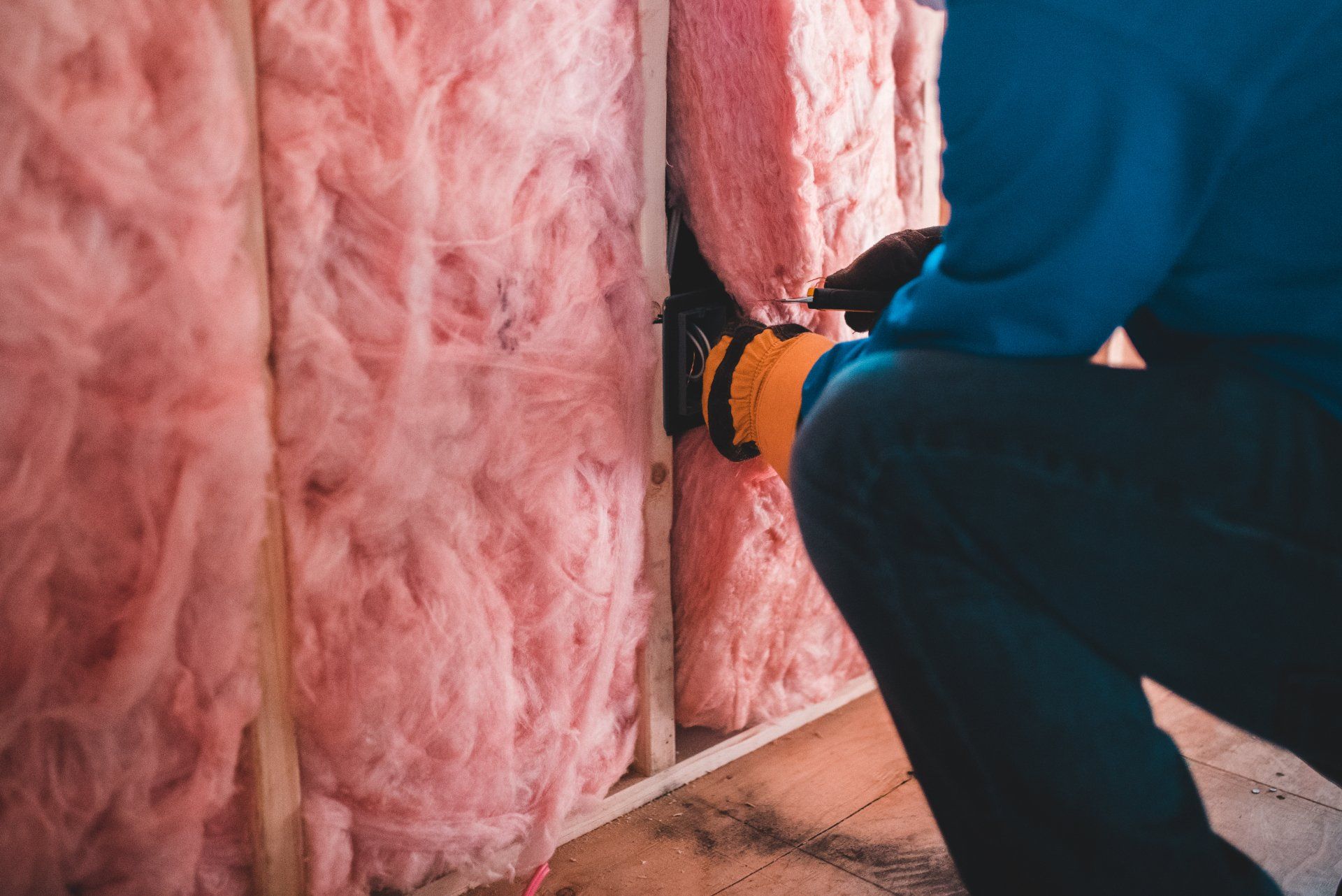Are Insulation Boards Fireproof?
When selecting insulation materials for construction and renovation projects, one critical factor to consider is fire safety. While insulation boards are known for their thermal efficiency and moisture resistance, as discussed in our previous post, it's equally important to understand their fire resistance properties. In this post, we delve into whether insulation boards are fireproof and what this means for your building projects.
Understanding Insulation Boards
Insulation boards are rigid panels commonly used in building construction to provide thermal insulation. They come in various types, including polystyrene, polyisocyanurate (PIR), and extruded polystyrene (XPS), each offering distinct advantages in terms of thermal efficiency, installation, and specific application use. While they are effective in reducing heat transfer and enhancing energy efficiency, understanding their other properties, such as water and fire resistance, is crucial for safe and optimal use in different construction scenarios. For a more in-depth exploration of their water resistance properties, we invite you to read our detailed blog post on "Are Insulation Boards Waterproof?" where we delve into the nuances of different insulation board types and their suitability in moisture-prone environments.
Insulation Boards: Types and Fire Resistance Properties
- Polystyrene Boards:
- Polystyrene, commonly used in residential insulation, is not inherently fireproof. It can be treated with fire-retardant chemicals to improve its fire resistance, but it's crucial to understand that these boards can still be a fire hazard under certain conditions.
- In scenarios like interior wall insulation, where fire resistance is a concern, polystyrene boards may not be the best choice unless combined with other fire-resistant materials.
- Polyisocyanurate (PIR) Boards:
- PIR boards are known for better fire resistance properties compared to polystyrene. They contain fire-retardant additives that improve their performance in fire scenarios.
- They are often used in applications where a higher level of fire resistance is needed, such as in commercial building insulation.
- Extruded Polystyrene (XPS) Boards:
- XPS boards also contain fire-retardant additives, offering a degree of fire resistance. However, like polystyrene, they are not entirely fireproof and should be used with caution in fire-sensitive areas.
Limitations and Safety Considerations
- Importance of Installation and Supplementary Measures:
- Proper installation is crucial for maximizing the fire safety of insulation boards. This includes correct fitting and adherence to building codes and safety standards.
- In some cases, pairing insulation boards with fire-resistant barriers or using them in conjunction with other fireproofing measures is advisable to enhance overall fire safety.
- Compliance with Regulations:
- It's essential to choose insulation materials that comply with local fire safety regulations. Foam Pros Saskatoon ensures that all insulation solutions meet these standards for maximum safety and effectiveness.

Comparing the Fire Resistance of Different Insulation Types
- Fiberglass Insulation
- Fiberglass insulation, one of the most commonly used types in both residential and commercial settings, is made from fine strands of glass woven together. It is non-combustible and does not catch fire easily, making it a safe option for many applications. However, it's important to note that the backing materials like paper or foil can pose a fire hazard if not installed correctly. Fiberglass is often chosen for its cost-effectiveness and ease of installation.
- Spray Foam Insulation
- Spray foam insulation, both open-cell and closed-cell varieties, includes chemicals that can resist heat and slow down the spread of fire. However, it is not entirely fireproof and may emit toxic fumes when exposed to intense heat or flames. Its popularity stems from its excellent air-sealing properties and high R-value, which contribute to significant energy savings.
- Rigid Foam Insulation
- Rigid foam insulation, encompassing materials like polystyrene, polyisocyanurate (PIR), and extruded polystyrene (XPS), is infused with fire-retardant chemicals. While this enhances their resistance to fire, they are not entirely fireproof. These materials are often used for their high R-value and moisture resistance, making them suitable for a variety of specific applications, such as below-grade insulation and roofing.
- Mineral Wool Insulation
- Mineral wool insulation, made from rock or slag, is naturally fire resistant. This type of insulation does not burn and can withstand high temperatures, making it an ideal choice in scenarios where enhanced fire safety is a priority. It is also known for its soundproofing qualities and is more expensive than some other insulation types.
Choosing the Best Insulation
Determining the "best" insulation depends on several factors, including fire resistance, moisture resistance, R-value, environmental impact, and specific project requirements. For areas where fire safety is a paramount concern, mineral wool insulation offers superior resistance due to its non-combustible nature. In contrast, for projects where energy efficiency and air sealing are priorities, spray foam insulation might be the preferred choice. Fiberglass is often selected for cost-sensitive projects where basic fire resistance and thermal insulation are needed. Rigid foam boards are chosen for their balance of moisture resistance, R-value, and fire retardancy. Ultimately, the best insulation choice should align with the specific needs of the building project, considering safety, effectiveness, and compliance with local building codes and regulations.

Are Insulation Boards Your Best Fireproof Option?
To sum up, while some insulation boards offer improved fire resistance due to fire-retardant additives, it's important to note that they are not completely fireproof. The choice of insulation material should be based on a comprehensive understanding of its fire resistance properties, the specific requirements of the project, and adherence to safety regulations.
At Foam Pros Saskatoon, we prioritize your safety and the integrity of your construction projects. Our team is here to guide you in selecting the most appropriate insulation materials that meet both your thermal insulation needs and fire safety requirements.
Ensure the safety and efficiency of your insulation. Contact Foam Pros Saskatoon today for expert advice on fire-resistant insulation solutions tailored to your project's specific needs. Let us help you make informed decisions for safe, effective, and compliant insulation in your buildings.


Foam Pros Saskatoon
Foam Pros Saskatoon is a specialist spray foam insulation company that services the surrounds of Saskatoon. We specialize in expanding foam insulation for ceilings and walls in both commercial and residential spaces.
Privacy Policy Contact Us More Resources
All calls from our site are sent to a qualified contractor.
Built by RenovateROI - A Home Contractor Marketing Company
